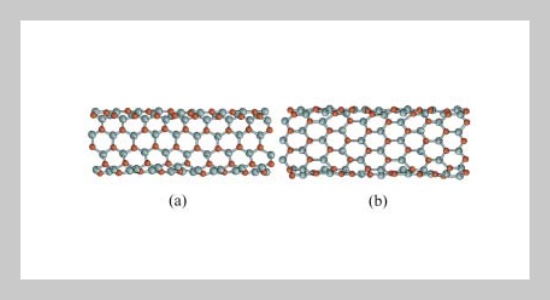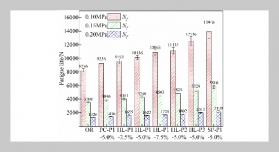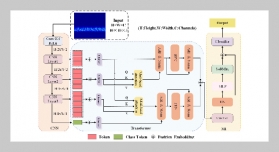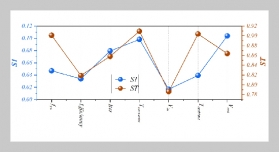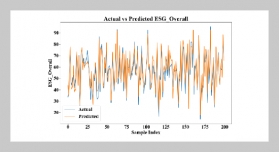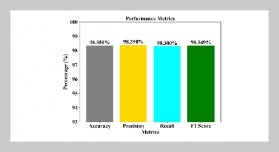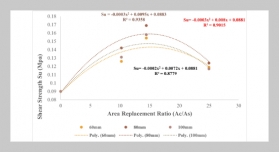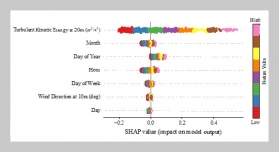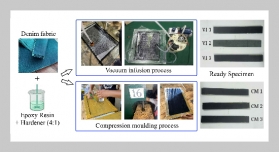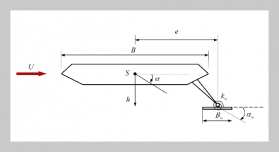Yeau-Ren Jeng This email address is being protected from spambots. You need JavaScript enabled to view it.1, Ping-Chi Tsai1 and Te-Hua Fang2 1Department of Mechanical Engineering, National Chung Cheng University Chia-Yi, Taiwan 621, R.O.C.
2Institute of Electro-Optical and Materials Science, National Formosa University Yunlin, Taiwan 632, R.O.C.
Received:
April 17, 2005
Accepted:
August 2, 2005
Publication Date:
September 1, 2005
Download Citation:
||https://doi.org/10.6180/jase.2005.8.3.02
This study adopts classical molecular dynamics (MD) simulation with the realistic Tersoff many-body potential model to investigate the mechanical properties of gallium nitride (GaN) nanotubes. The investigation focuses primarily on the mechanical properties of (n, 0) and (n, n) GaN nanotubes since these particular nanotubes represent two extreme cases. The present results indicate that under small strain conditions, the mechanical properties such as Young’s modulus are insensitive to the wrapping angle. Conversely, the wrapping angle has a significant influence upon these mechanical properties under large strain conditions. It is demonstrated that (9, 0) GaN nanotubes are far less resistant to bond rotation. Under large tensile strain conditions, due to the unfavorable bond orientations induced by Stone-Wales (S-W) transformation, the bonds in (n, 0) GaN tubes quickly degenerate.ABSTRACT
Keywords:
Gallium Nitride Nanotube, Stone-Wales Bond Rotation
REFERENCES


